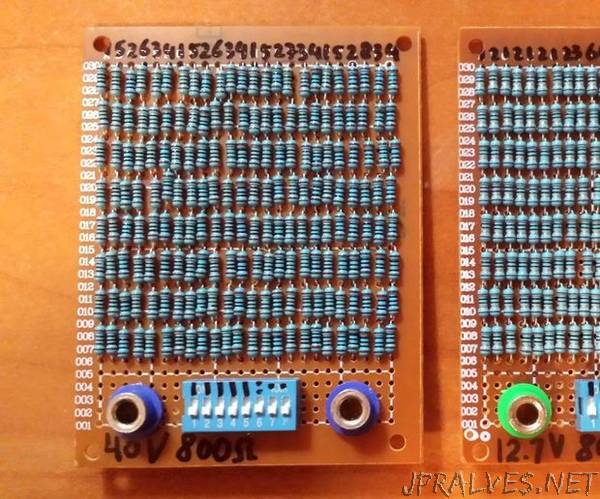
“For projects with just a few LEDs, a small display or a buzzer,
power is usually not a big issue and can easily be supplied by the Arduino pins itself or through a battery or small USB power supply.
But for projects that involve larger motors, solenoids, high-power LEDs, Peltier elements, etc, the power management is often non-trivial and appropriate power supplies and switches (relays, MOSFETs, BJTs) become non-trivial parts of the design, often the most challenging!
To test whether the project can handle the required current, it is often crucial to test it with a dummy load instead of the actual motor/lamp/relay. This allows in particular to stress-test the system by making it sure it can run with for example 400mA, when the actual motor only requires 300mA.
Fancy dummy loads with constant current, constant power or constant resistance can be bought, but it’s a niche market for professionals, and for a hobbyist a simpler system is often sufficient.
The most common small-signal resistors used in circuits have a power rating of 0.25W, which is really not a lot. However, they are very cheap, a pack of 100 costs about 50 cents, so 1 euro buys you 200, which can dissipate in theory 50Watt, if the power is distributed equally and the resistors are not packed too close.
Here’s the description of a board with 192 equally valued resistors: they nicely fit in 24 rows of 8 on a 7x9cm prototype board, with still space for an 8-fold dip switch and 2 female banana connectors. Each row has 8 resistors in series, and with the dip switch one can select how many of these rows to put in parallel, and thus how much current to let flow.”
